
ANSTO raises nuclear medicine prices
The nuclear medicine sector has been hit by price rises of up to 9 per cent from the troubled government manufacturer.

The nuclear medicine sector has been hit by price rises of up to 9 per cent from the troubled government manufacturer.
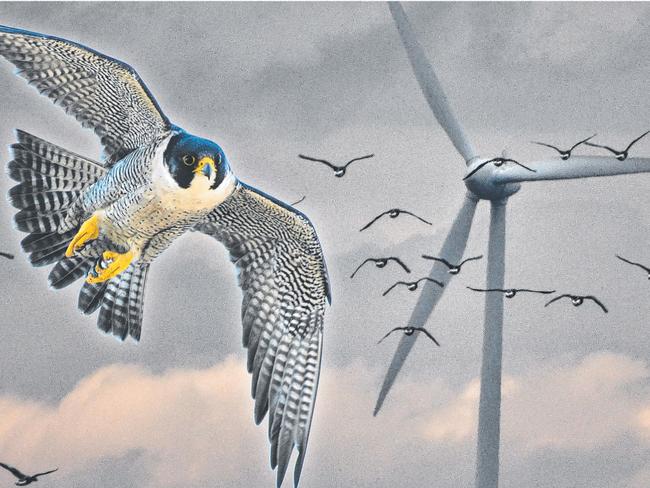
Laws protecting wildlife are being ignored as the wind farm industry seeks to expand.

Intense volcanic activity during the 1900s made it difficult to say when the impact of human activity first became apparent, says research.
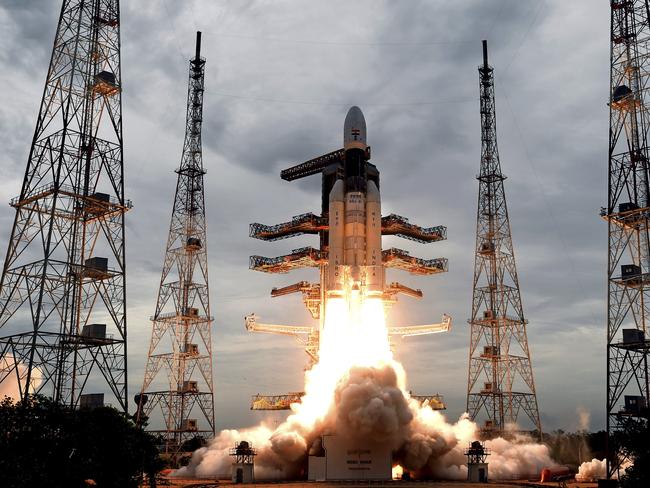
India has sent a spacecraft to explore water deposits on the far side of the moon in a successful launch.
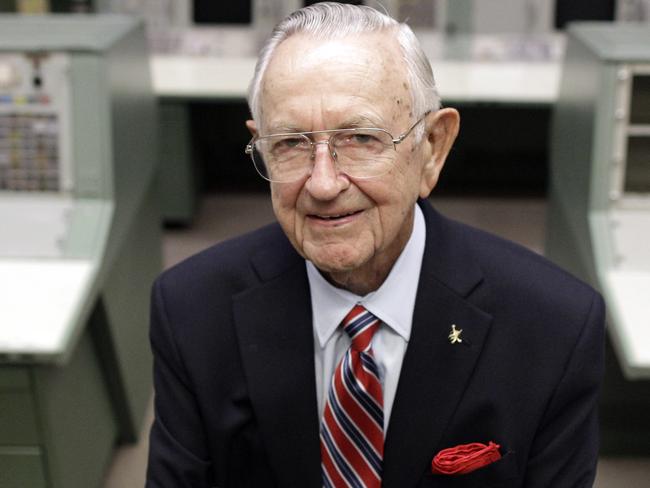
NASA’s first flight director, Chris Kraft, has died just days after 50th anniversary celebrations for the first moon landing.
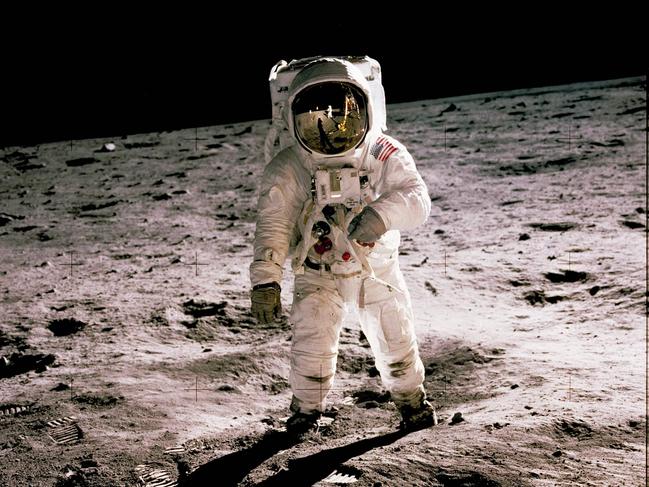
It was an outrageous challenge; flying to the moon. But 50 years ago today it happened.
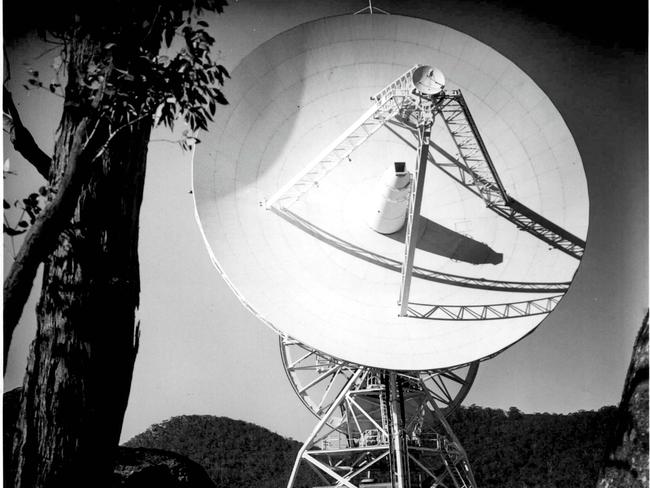
How this small tracking station near Canberra brought Neil Armstrong’s first steps on the moon to an audience of 600 million.
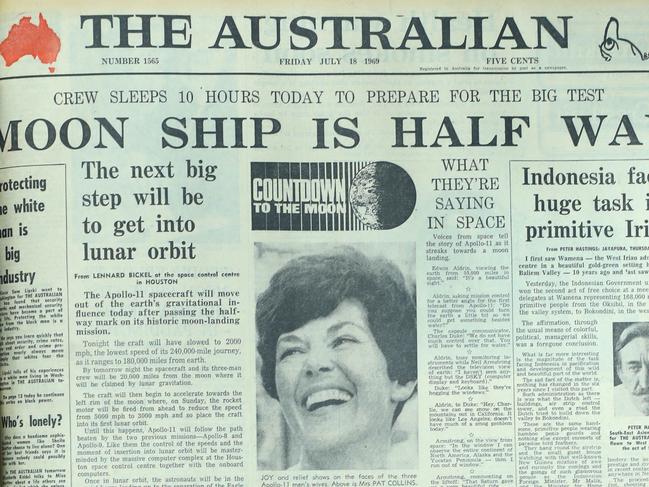
On this Friday 50 years ago, NASA’s Apollo 11 crew had officially passed the halfway mark on their way to the moon.
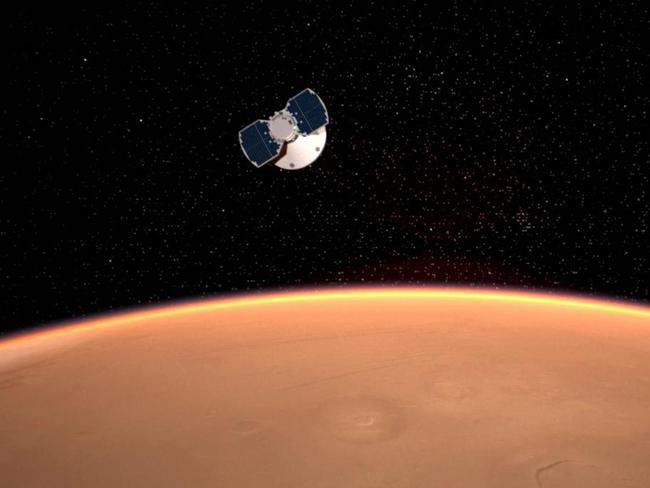
The 50th anniversary of Apollo 11’s moon landing has revived ambitions for return journeys — and the next target, Mars.
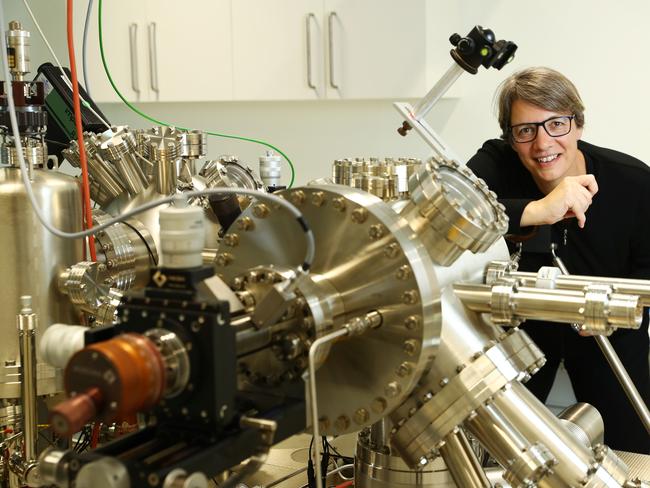
Computing is about to take a quantum leap, the C21 equivalent of the moon shot.
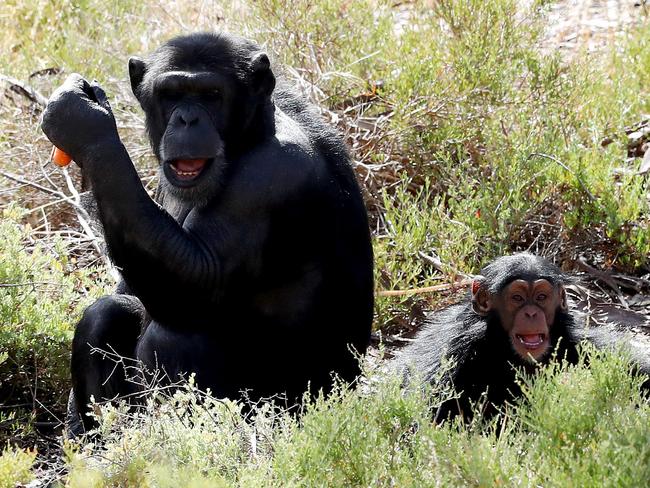
Sometimes the simplest socialising is best: gather around the TV, sit in silence and watch a film. Well, it works for chimpanzees.
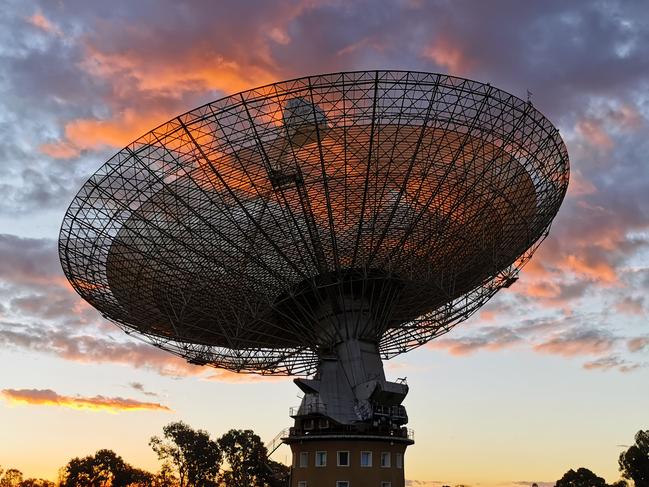
A big weekend of celebrations are planned for the 50th anniversary of the Apollo 11 moonwalk

The astronauts of Apollo 11 went to the moon in July 1969. Four months later, they had lunch at the Wentworth Hotel in Sydney.

On this Thursday half a century ago, Apollo 11 had officially exited the Earth’s atmosphere.
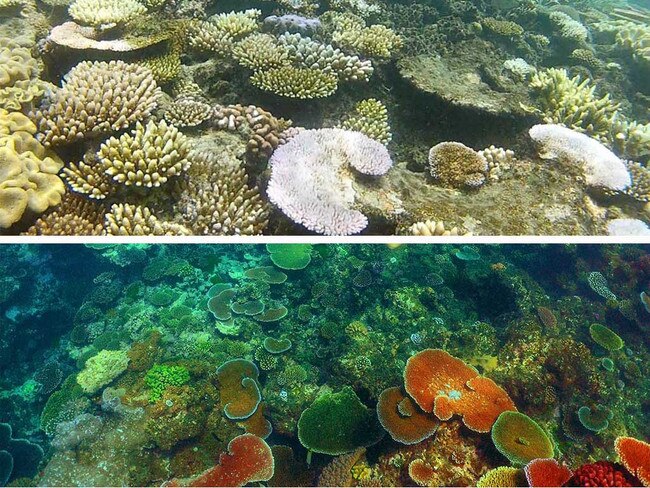
Hysterical Greens say the Reef is a climate change casualty. But it’s rallying from bleaching events.
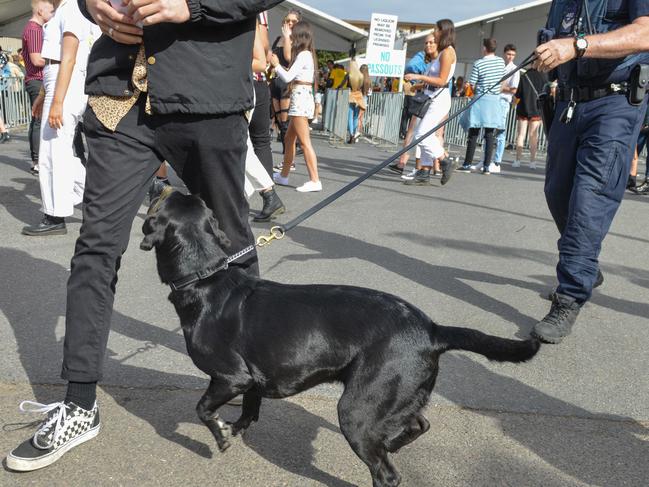
A criminologist has testified that festival-goers are mostly well-educated, white and work full-time.

As Apollo-11 blasted into space, hundreds of thousands of people on the ground cheered from the sidelines.

Astronomers have called on the UN to help regulate the night sky, as private satellites threaten space with overcrowding.
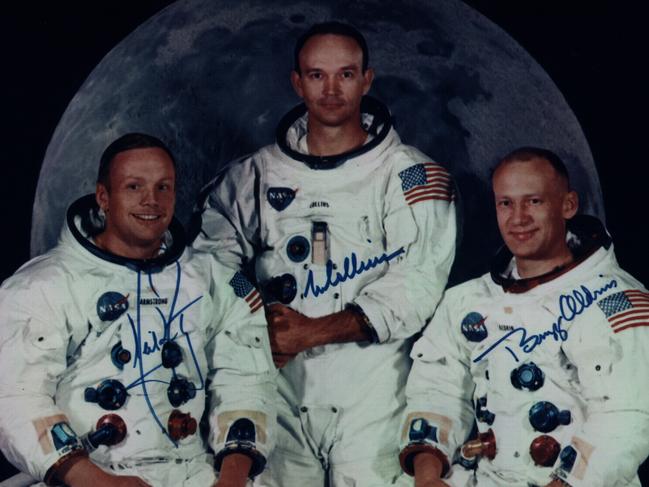
On this corresponding Tuesday in 1969, Neil Armstrong and the Apollo 11 team were playing the waiting game before lift-off.

Cryonics pioneer Peter Tsolakides is building Australia’s first body-freezing facility.
Original URL: https://www.theaustralian.com.au/science/page/109